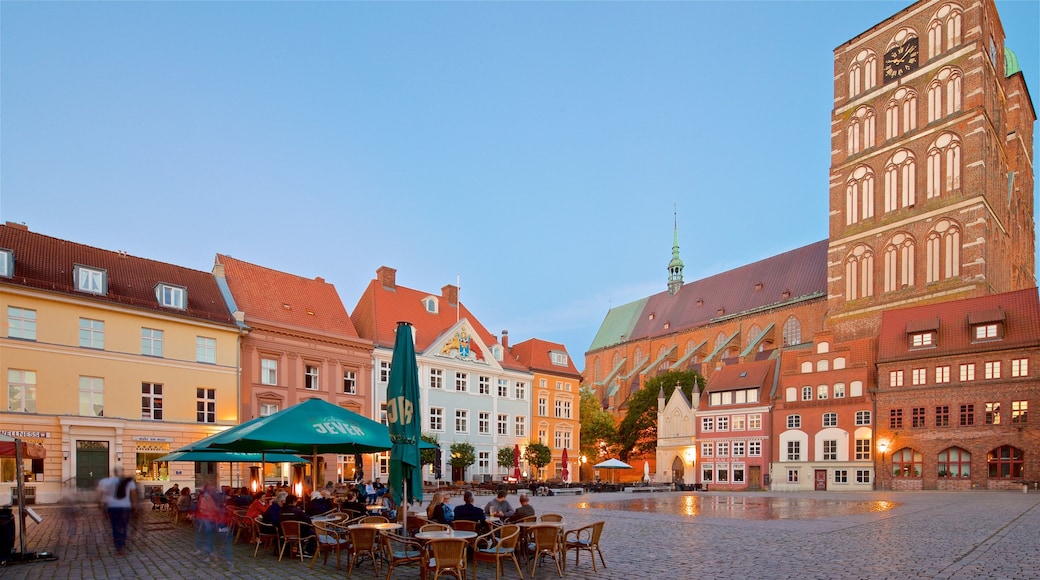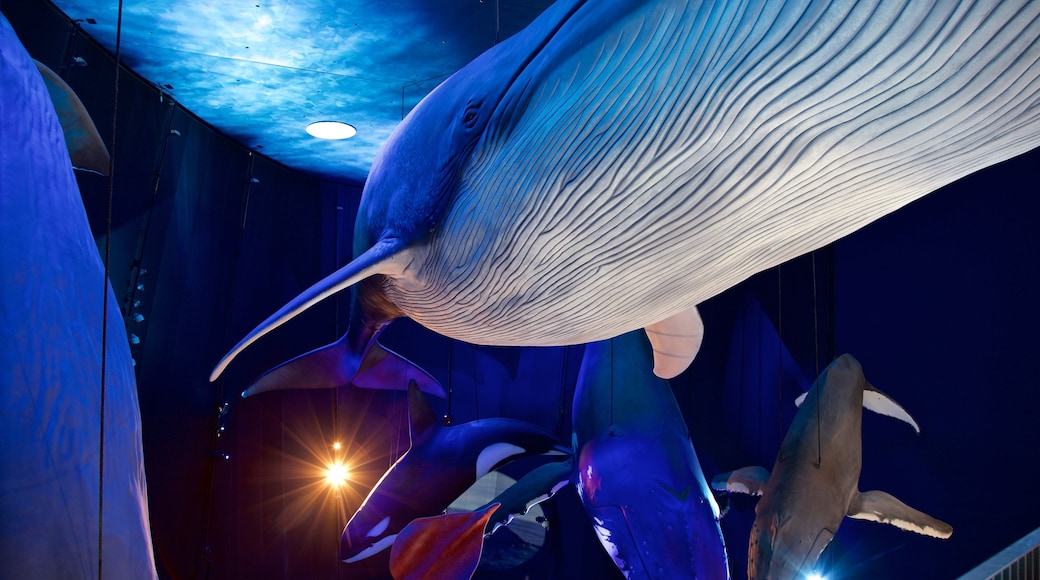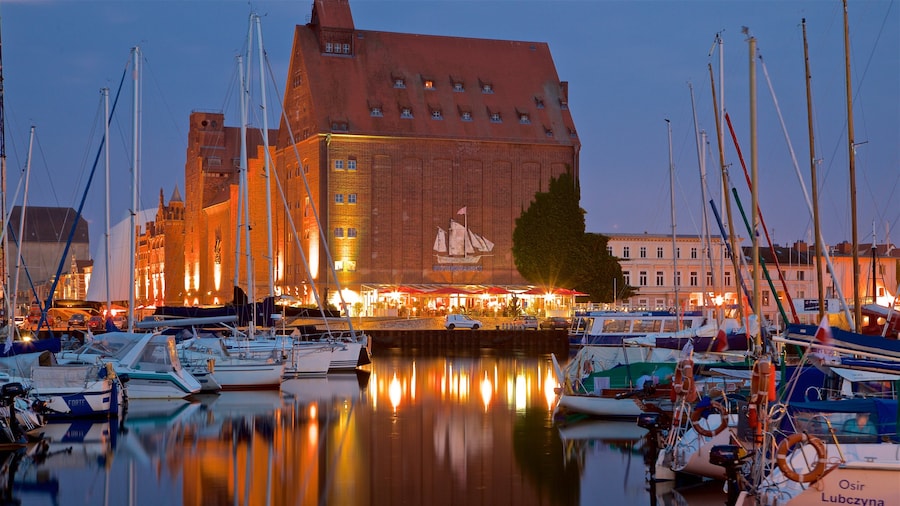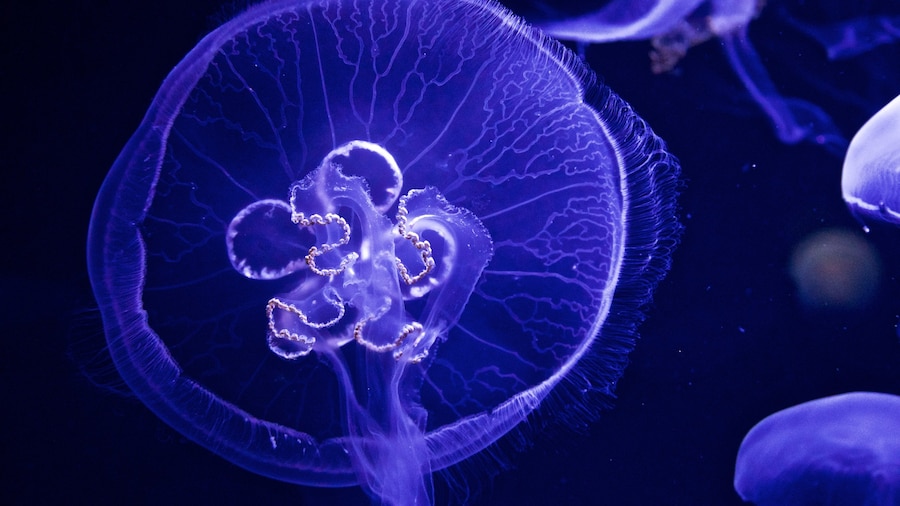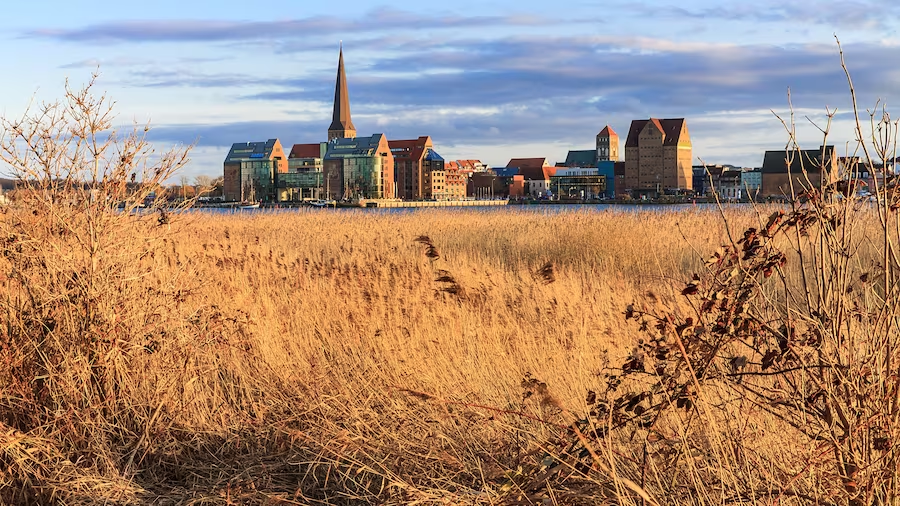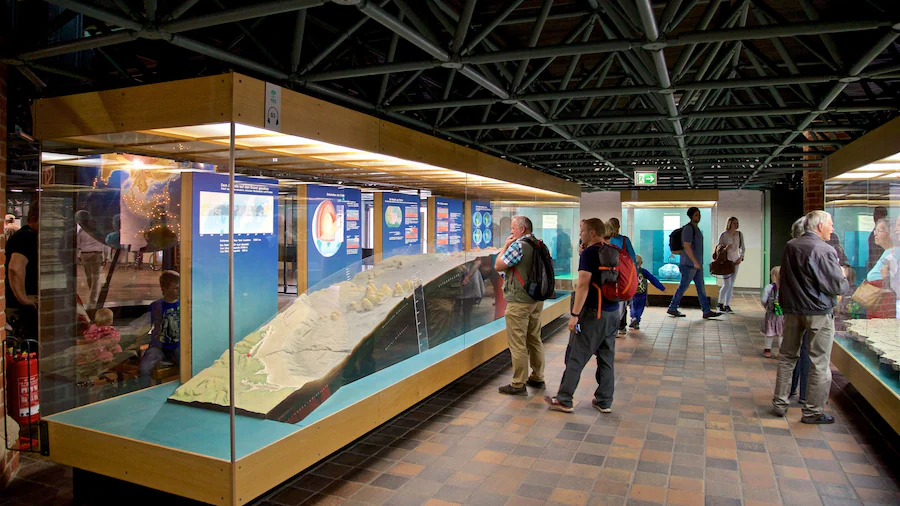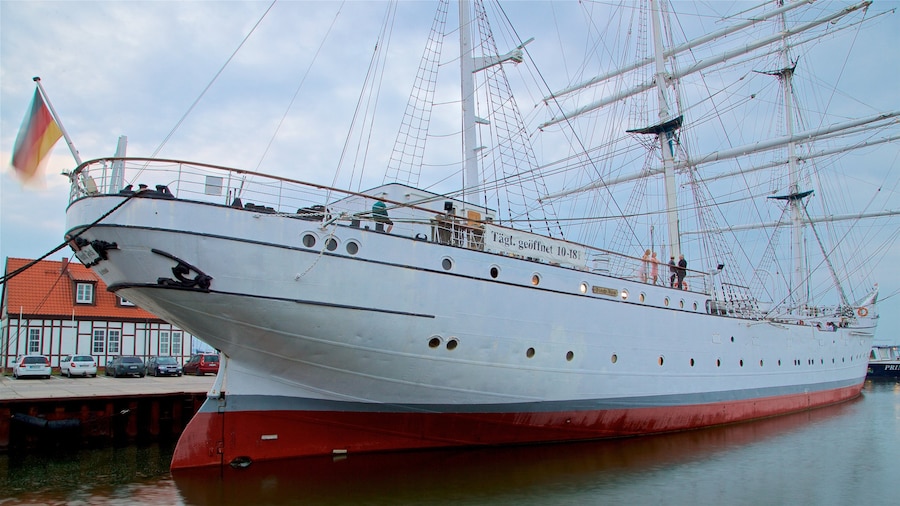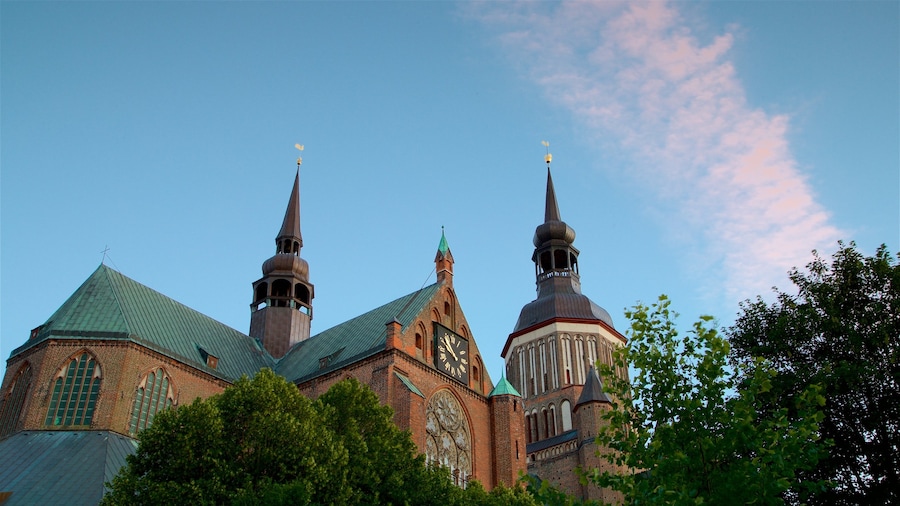Stralsund lies on the south coast of the Strelasund, one of the Baltic Sea's lagoons that separate the Island of Rügen from the mainland. Stralsund and nearby Greifswald make up one of the four major regional centres of Mecklenburg-Western Pomerania.
Take a stroll through the Old Town, characterised by the Gothic brickwork of the 14th- and 15th-century Hanseatic League. The Hanseatic League was a trade and defence alliance of the sea merchants who dominated the trading routes along Europe's northern coastline.
The city centre's original medieval street network has largely remained intact. The Old Town's streets, lined with redbrick houses, are one of UNESCO's World Heritage Sites. At the Old Market you will find the Gothic Wulflamhaus and the baroque Commandantenhaus, as well as many small cafés and bars inviting you in for a short break. From here you will be able to see the city's main landmark, the Town Hall, as well as Stralsund's old Gothic churches, including the Nikolaikirche and the Marienkirche.
With Stralsund as a base you can also explore some of the Baltic Sea's most beautiful islands and coastlines, including Rügen and Hiddensee Island. Stralsund Harbour offers a range of opportunities for discovering the region and the city itself by water.
In the Deutsches Meeresmuseum und Ozeaneum, the biggest natural history museum in northern Germany, you can learn more about the city's natural surroundings. The museum houses various aquariums and exhibits focusing on, among other things, the habitats in the northern and southern oceans. If you want to go on an educational journey in Stralsund, then the Kulturhistorisches Museum is for you. The exhibits show how the city grew from a small fishing village into one of the most powerful Hanseatic cities.
Two bridges and countless ferry services connect Stralsund to Rügen's harbours. The bus will deliver you quickly into the city, and you can get there quickly by train from Berlin, Rostock, Pasewalk and Bergen.
